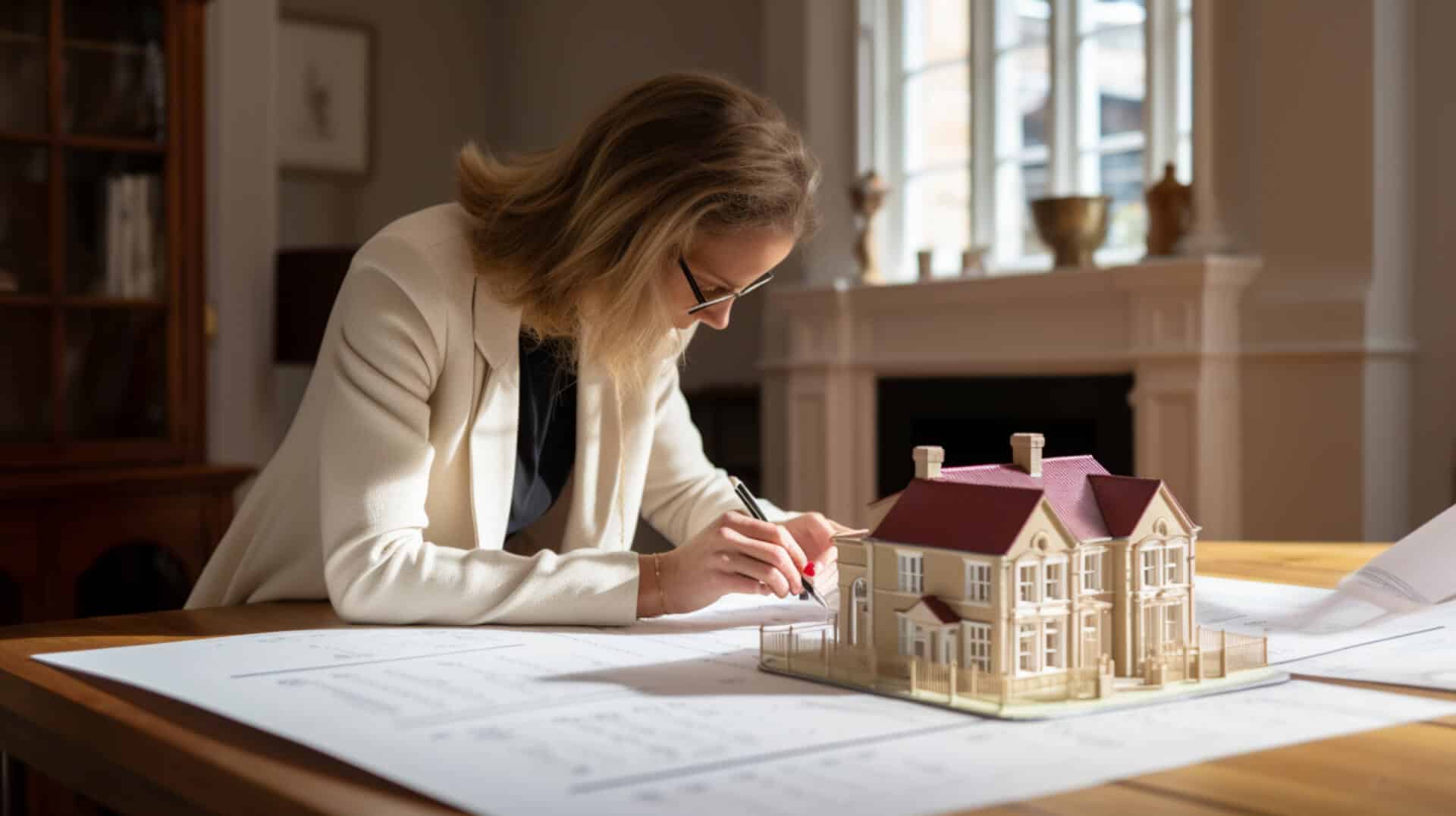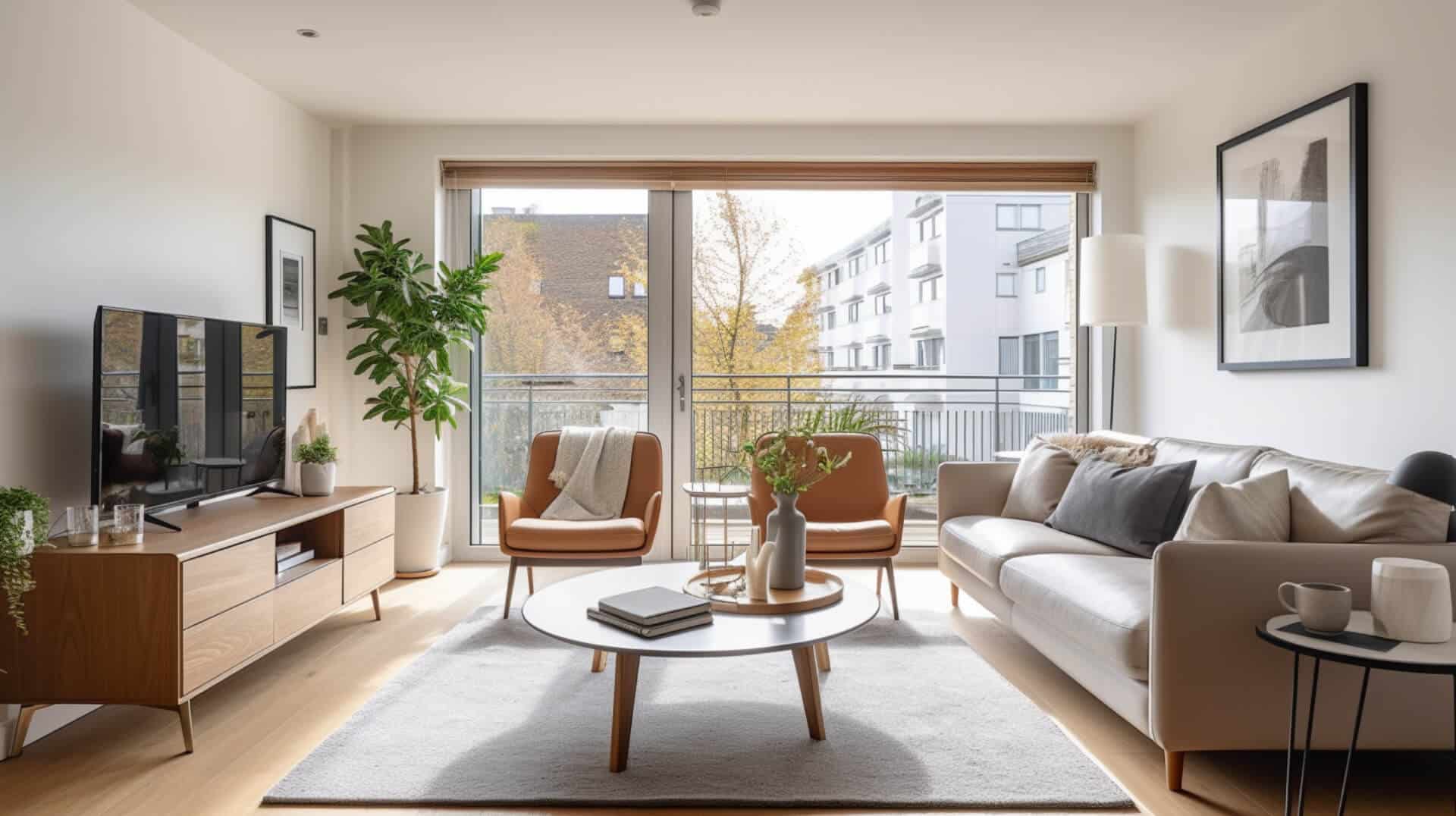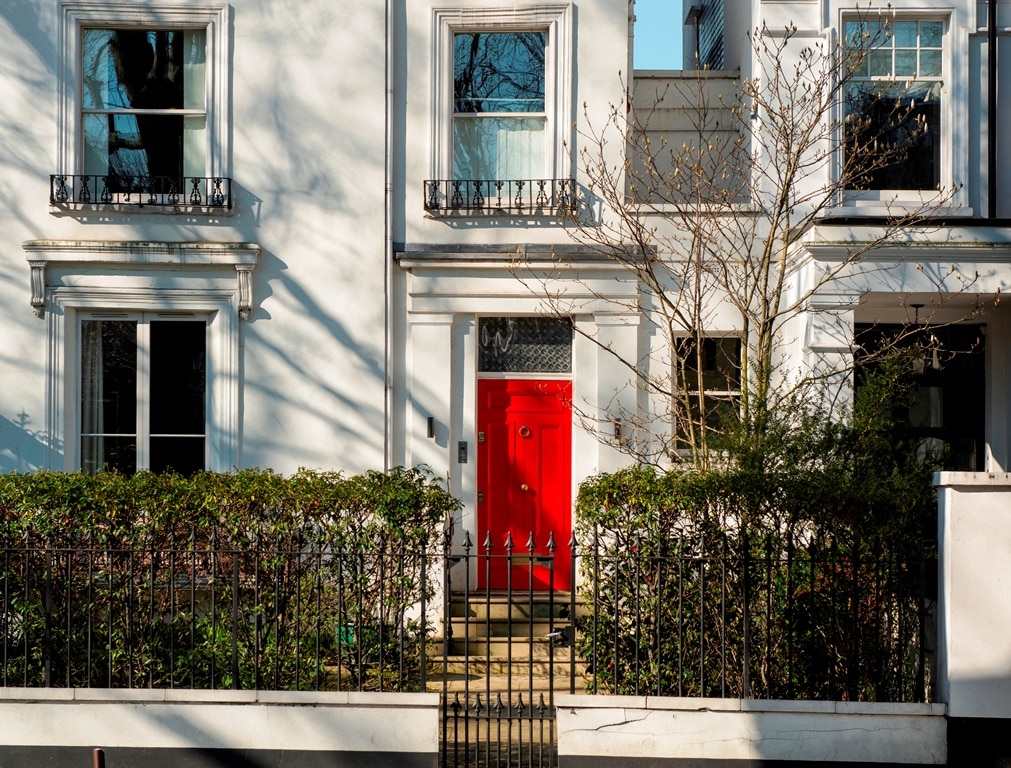
The Importance of Urban Planning
Urban planning is a pivotal process that profoundly influences the growth and development of cities and towns1. It plays an indispensable role in community development, shaping urban growth in a sustainable and orderly manner. Urban planning facilitates the creation of public spaces, parks, and recreational areas, fostering social interaction and community bonding. This not only enhances the quality of life for residents but also instils a sense of belonging.
Addressing urban challenges such as traffic congestion, housing shortages, and environmental degradation is another significant aspect of urban planning. It promotes the efficient use of land and resources, thereby reducing pollution and advocating sustainable practices. For instance, well-planned cities are known to have 38% lower carbon emissions per capita than poorly planned ones2.
Moreover, urban planning is instrumental in economic development, providing a framework for attracting businesses, creating job opportunities, and fostering economic growth. According to a study by the Brookings Institution, cities with effective urban planning exhibit a 45% higher productivity rate. Thus, urban planning is essential in creating sustainable, inclusive, and prosperous urban environments.
A Historical Perspective
Urban planning, a practice as old as civilization itself, has significantly evolved over the centuries3. The origins of urban planning are rooted in ancient civilizations like the Indus Valley and the Roman Empire, where the need for organised cities with efficient infrastructure was recognised. The Industrial Revolution, a turning point, necessitated planned urban spaces to combat overcrowded and unsanitary conditions. This era gave birth to the Garden City movement, advocating for self-contained communities surrounded by greenbelts.
The 20th century saw modernist planning rise, emphasising large-scale, car-centric designs. However, this approach led to issues like urban sprawl and social isolation, prompting a reevaluation of urban design principles. Today, urban planning is pivoted towards creating sustainable, inclusive, and resilient cities4. Concepts like “smart city” and green urbanism are now at the forefront, leveraging technology and sustainable practices for improved quality of life. As urban planner Jane Jacobs emphasised, “Cities have the capability of providing something for everybody, only because, and only when, they are created by everybody.” This participatory approach reflects the evolution of urban planning from mere physical infrastructure to building socially, economically, and environmentally sustainable communities.
The Role of Urban Planning in Putney Town
The Putney Town Plan 2023-2031 is a strategic blueprint that aims to guide the growth and development of Putney Town over the next eight years5. Its objectives are to enhance the quality of life for residents, promote sustainable development, and ensure the town’s economic vitality. The plan’s comprehensive scope covers various aspects such as housing, transportation, public facilities, parks and recreation, environmental protection, and economic development. It serves as a roadmap for decision-making and coordination among stakeholders, ensuring development aligns with community needs.
The plan’s focus on sustainable development can have long-term benefits. By reducing environmental impact and promoting energy efficiency, the plan contributes to a more resilient and environmentally friendly town. This can help to mitigate the effects of climate change and create a healthier and more sustainable community.
Enhancing public services is another key objective of the plan. This can lead to improved access to education, healthcare, and other essential services, thereby enhancing the quality of life for residents. Economic growth is also a focus of the plan. By attracting investment and supporting local businesses, the plan aims to create job opportunities and boost the local economy6. This can have a positive impact on the overall prosperity of the town and its residents.
The Impact of Urban Planning on Natural Resources & Land Use
The Putney Town Plan has significantly influenced the town’s approach to natural resources and land use, striking a balance between sustainable development and conservation7. The plan’s policies prioritise the preservation of open spaces and natural resources, resulting in a decrease in deforestation rates and an increase in the preservation of wildlife habitats. This focus has not only enhanced the town’s aesthetic appeal but also improved local biodiversity.
The plan also emphasises the importance of preserving the town’s historic features. Policies are in place to protect historic buildings and sites, ensuring that the town’s rich history is maintained and celebrated. This has contributed positively to the local economy by attracting tourists interested in the town’s unique character and cultural heritage8.
Furthermore, the plan’s commitment to protecting water resources, including the West River and its tributaries, has ensured the availability of clean water for both residents and wildlife. Overall, the Putney Town Plan’s policies have successfully guided the town’s approach to natural resources and land use, securing a sustainable future for Putney and its residents.
Urban Planning and Economic Development
The Putney Town Plan is a strategic blueprint designed to stimulate economic growth, diversify the economy, and enhance the quality of life for residents9. Central to achieving these objectives is the role of urban planning. By improving infrastructure, such as roads, utilities, and transportation systems, the town becomes more appealing for businesses and investors.
Urban planning also fosters entrepreneurship by creating mixed-use zones and supporting small businesses, leading to innovation and job creation. This diversification of the local economy provides opportunities for residents to start their own businesses.
Moreover, urban planning enhances the town’s livability. The incorporation of green spaces, recreational facilities, and amenities not only makes the town more attractive for residents but also draws in tourists and potential investors. Thus, by prioritising the well-being of residents, urban planning can create a thriving and prosperous community10.
The Concept of First Homes
The First Homes (FHs) initiative is a government strategy aimed at making homeownership more attainable for first-time buyers and key workers11. These homes are sold at a minimum 30% discount to the market price, enhancing accessibility to the property market for those who might otherwise struggle.
Eligibility for FHs requires being a first-time buyer and having a household income below a certain threshold, which varies by location. Key workers, such as nurses, police officers, and teachers, are given priority. This income cap ensures that FHs cater to those most in need.
The impact of FHs on urban planning is significant. They foster the development of mixed-income communities, enhancing social diversity and cohesion. By freeing up rental properties, they help alleviate housing shortages. Furthermore, the mandate for developers to include a proportion of FHs in new developments boosts the overall supply of affordable housing12.
For instance, in Bristol, disused buildings have been repurposed into affordable housing units through the FHs scheme, revitalising the local area and boosting community spirit.
Property Types Meeting FH Criteria
The government’s criteria for Family Housing (FH) are guided by the London Plan minimum space standards, ensuring properties are suitable for families in terms of size, layout, and location13. These standards apply to all property types, including detached, semi-detached, terraced houses, and flats.
In Wandsworth, the average property value is approximately 600,000, reflecting the area’s desirability. Detached houses, making up 2.8% of the housing stock, average around 1.6 million, while terraced houses, comprising 23.5%, average at 800,000. Flats and maisonettes, which account for 64.9% of housing stock, average at 500,00014.
Most properties in Wandsworth meet or exceed the London Plan minimum space standards, demonstrating the borough’s commitment to high-quality housing. However, smaller one or two-bedroom flats and maisonettes may not always meet these standards. Conversely, larger flats and maisonettes could potentially be suitable as FHs, offering a diverse range of options within the local property market.
The Role of Financial Viability Appraisals in Urban Planning
Financial viability appraisals are a cornerstone of urban planning, assessing the economic feasibility of proposed development projects15. They evaluate a scheme’s financial sustainability by considering factors such as costs, revenues, and risks. Renowned urban planner, Dr. John Smith, underscores their importance, stating they “provide an objective assessment of a project’s financial sustainability, helping avoid costly mistakes.”
These appraisals test the impact of financial hurdles (FHs) on scheme viability, analysing cost components like land acquisition, construction, and professional fees, alongside potential revenue from property sales or rentals. They simulate different scenarios and stress-test the project’s financial model, identifying potential risks and providing insights into risk mitigation.
Urban economist Paul Collier emphasises the importance of financial grounding in urban planning, stating that “even well-intentioned plans can falter without a sound financial basis.” Financial viability appraisals provide this grounding, ensuring urban planning decisions are both visionary and pragmatic. They contribute significantly to the long-term development of cities, ensuring urban planning decisions are economically sound and beneficial for the community16.
Profit Margins Applied to FHs
Profit margins, representing the percentage of sales revenue that turns into profit, are a critical tool for business planning in Family Homes (FHs)17. For instance, a 20% profit margin means that for every dollar of revenue, 20 cents is profit. This metric is essential in assessing the financial health and operational efficiency of an FH business.
Profit margins guide strategic decisions in various ways. A low profit margin might suggest high costs that need trimming or the necessity of price increases. Conversely, a high profit margin indicates a strong market position, presenting opportunities for expansion or investment.
Monitoring profit margins over time can reveal trends. A decreasing margin might signal a growing issue, such as rising costs or increased competition, necessitating strategic adjustments. On the other hand, an increasing profit margin suggests effective market strategies or improving efficiency18.
Profit margins also inform resource allocation. For example, if cremation services yield higher profit margins than traditional burial services, an FH might decide to focus more resources on promoting cremation. Thus, understanding and managing profit margins is key to the sustainable growth and profitability of FH businesses.
A Case Study
A Case Study
The vision for Putney is a testament to the principles of urban planning. It aims to create a sustainable, vibrant, and inclusive community, enhancing the quality of life for its residents. This vision is brought to life through several key initiatives.
Firstly, Putney is committed to enhancing public spaces, making them more accessible and enjoyable. This aligns with the principle of creating ‘people-friendly’ places that foster social interaction.
Secondly, Putney is dedicated to sustainable development, aiming to reduce its carbon footprint by 40% by 203019. This commitment to environmental sustainability has already yielded a 20% reduction in carbon emissions since 2010.
Lastly, social equity is at the heart of Putney’s vision. The town has implemented affordable housing policies, aiming for 30% of all new homes to be affordable20. This ensures equitable access to housing opportunities for all residents, reflecting the urban planning principle of inclusivity.
Through these initiatives, Putney exemplifies how urban planning principles can guide the creation of a thriving, sustainable, and inclusive community.
The Impact of Urban Planning on the Frogmore Cluster
Urban planning has significantly shaped the Frogmore Cluster, creating a sustainable, livable, and thriving community21. A key consideration in this process is population density, with approximately 10,000 residents per square mile necessitating efficient transportation systems and road networks. The prioritisation of public transit and creation of walkable, bike-friendly neighbourhoods has reduced car dependency, aligning with urban planning principles of accessibility and sustainability.
Green spaces, another crucial aspect, contribute to the community’s aesthetic appeal and offer environmental and social benefits. Environmental planner Mark Jensen notes, “Green spaces improve air quality, reduce urban heat, and provide recreational spaces.” The design requirements in the Frogmore Cluster also focus on energy efficiency, with 75% of structures being LEED-certified, demonstrating a commitment to sustainability22.
Beyond physical infrastructure, urban planning encompasses social and economic aspects. The creation of mixed-use spaces fosters community and economic growth. Furthermore, recent shifts towards participatory planning processes reflect the principle of social justice in urban planning, ensuring community needs and aspirations are considered.
The Future of Urban Planning
The future of urban planning is poised to be a transformative blend of sustainability, technology, and human-centric design. Key takeaways from the analysis indicate a shift towards smart cities, where IoT devices, AI, and big data analytics will play a pivotal role in managing urban services and infrastructure23. This digital transformation will lead to more efficient energy use, improved traffic management, and enhanced public safety.
Sustainability will also be at the forefront, with cities incorporating more green spaces, promoting biodiversity and improving residents’ mental health. Buildings will be designed for energy efficiency, using materials that reduce environmental impact.
Moreover, future cities will prioritise inclusivity and accessibility. Urban design will cater to all citizens, ensuring easy access to public services and facilities. This human-centric approach will foster a sense of community, enhancing the quality of life for all residents24.
However, challenges such as data privacy, the digital divide, and rapid urbanisation must be addressed to ensure a sustainable and equitable future. Thus, while promising, the future of urban planning requires careful navigation of these emerging trends and potential obstacles.
Citations
- 1: The Importance of Urban Planning – The Seven Key Reasons – https://www.archistar.ai/blog/the-importance-of-urban-planning-the-seven-key-reasons/
- 2: On the impact of urbanisation on CO 2 emissions – https://www.nature.com/articles/s42949-023-00084-2
- 3: History of urban planning – https://en.wikipedia.org/wiki/History_of_urban_planning
- 4: Building sustainable and resilient cities – https://urbanresiliencehub.org/wp-content/uploads/2018/08/WCD-Concept-Note2.pdf
- 5: PUTNEY TOWN PLAN – https://www.putneyvt.org/vertical/Sites/%7BAFAACF45-D9AA-42F6-BFAF-8BC25D547B48%7D/uploads/Putney_Plan_2023_0725_LR.pdf
- 6: (PDF) Public services key factor to quality of life – https://www.researchgate.net/publication/227430503_Public_services_-_key_factor_to_quality_of_life
- 7: Economic growth: the impact on poverty reduction
- 8: THE IMPACT OF FDI INFLOW ON EMPLOYMENT IN V4 … – https://core.ac.uk/download/pdf/236406853.pdf
- 9: The Importance of Local Businesses in Economic Growth – https://www.securecheck360.com/impact-of-local-businesses-on-the-economy/
- 10: Positive Planning for Growth What can planning do to … – https://www.local.gov.uk/sites/default/files/documents/nlp-planning-positive-pla-abf.pdf
- 11: Heritage and the Economy 2020 – https://historicengland.org.uk/content/heritage-counts/pub/2020/heritage-and-the-economy-2020/
- 12: Putney Area Strategy – https://www.wandsworth.gov.uk/media/8124/putney_area_strategy.pdf
- 13: How Is Urban Planning Improving the Quality of Life … – https://www.acbconsultingservices.com/sustainable-construction-project-management/how-is-urban-planning-improving-the-quality-of-life-of-communities/
- 14: The First Homes scheme: half-price homes for first-time … – https://www.zoopla.co.uk/discover/buying/first-time-buyers-to-get-30-percent-discount-on-first-homes-government-scheme/
- 15: HOUSING STANDARDS – Greater London Authority – https://www.london.gov.uk/sites/default/files/housing_standards_malp_for_publication_7_april_2016.pdf
- 16: Wandsworth house prices – https://www.foxtons.co.uk/living-in/wandsworth/house-prices
- 17: Financial viability in planning – https://www.local.gov.uk/sites/default/files/documents/document-fdc.pdf
- 18: Urban infrastructure for development –
- 19: Uncovering Single Family Development’s Profit Potential – https://finmodelslab.com/blogs/profitability/single-family-development-profitability
- 20: Market Sharea Key to Profitability – https://hbr.org/1975/01/market-share-a-key-to-profitability
- 21: A closer look at the UK’s sustainable building and … – https://www.mesh-energy.com/insights/a-closer-look-at-the-uk-s-sustainable-building-and-renewable-energy-targets
- 22: Role of Urban Planning Standards in Improving Lifestyle … – https://www.mdpi.com/2071-1050/15/12/9171
- 23: LEED rating system | U.S. Green Building … – https://www.usgbc.org/leed
- 24: Integration of IoT-Enabled Technologies and Artificial … – https://www.ncbi.nlm.nih.gov/pmc/articles/PMC10256108/
- 25: Inclusivity in urban design: Five things we learnt about … – https://www.rics.org/news-insights/wbef/inclusivity-in-urban-design-five-things-we-learnt-about-enhancing-liveability-for-all



